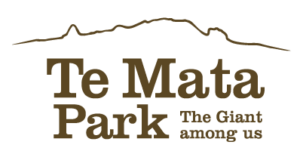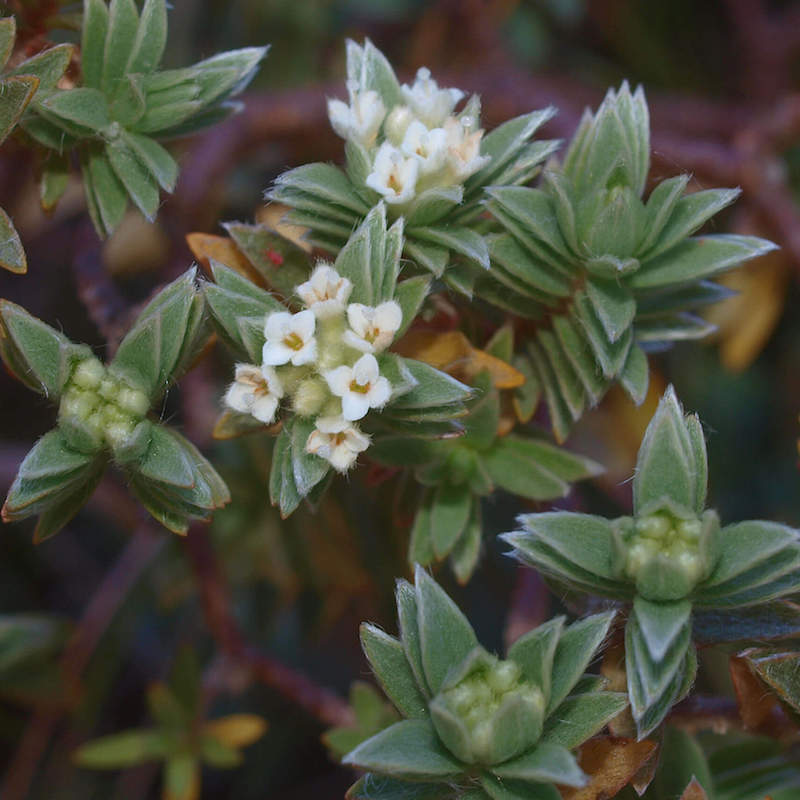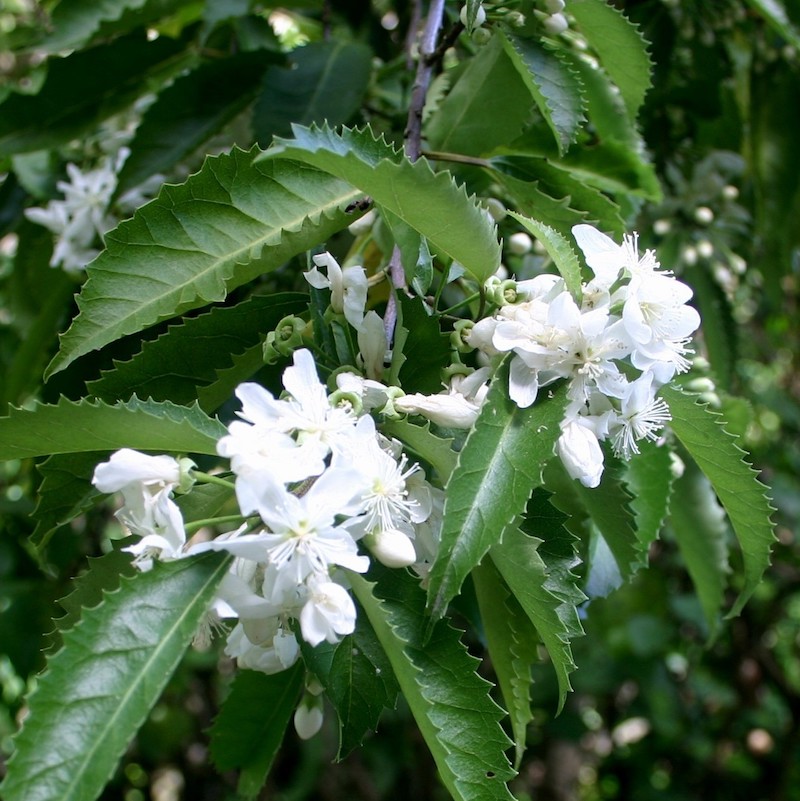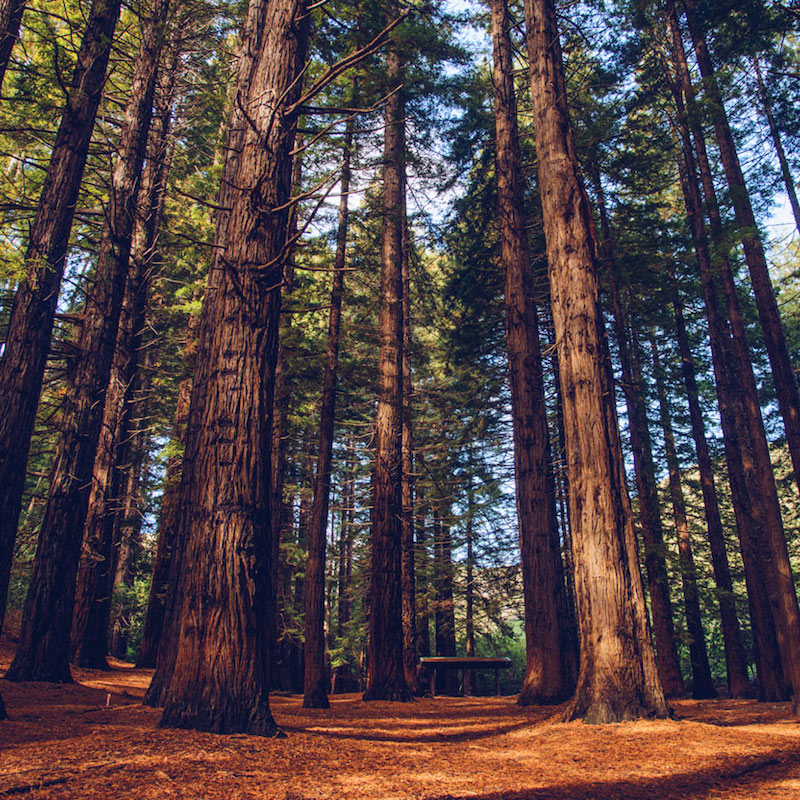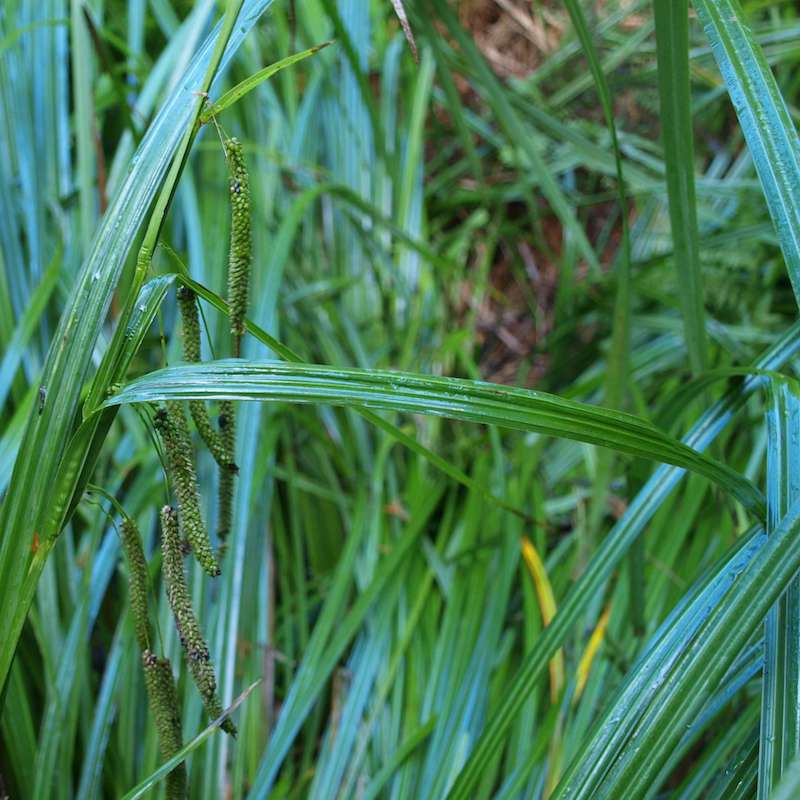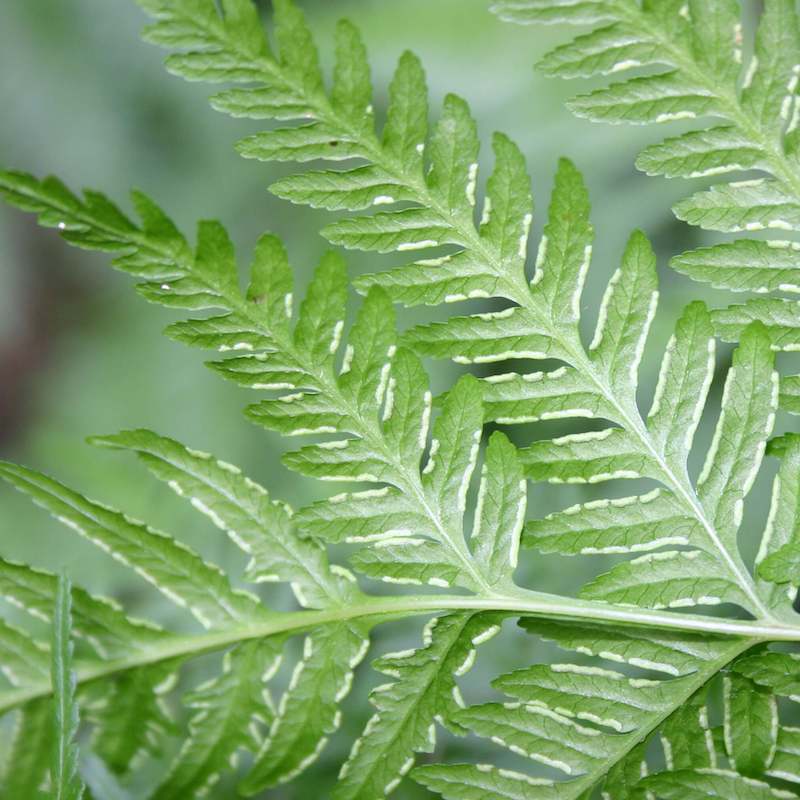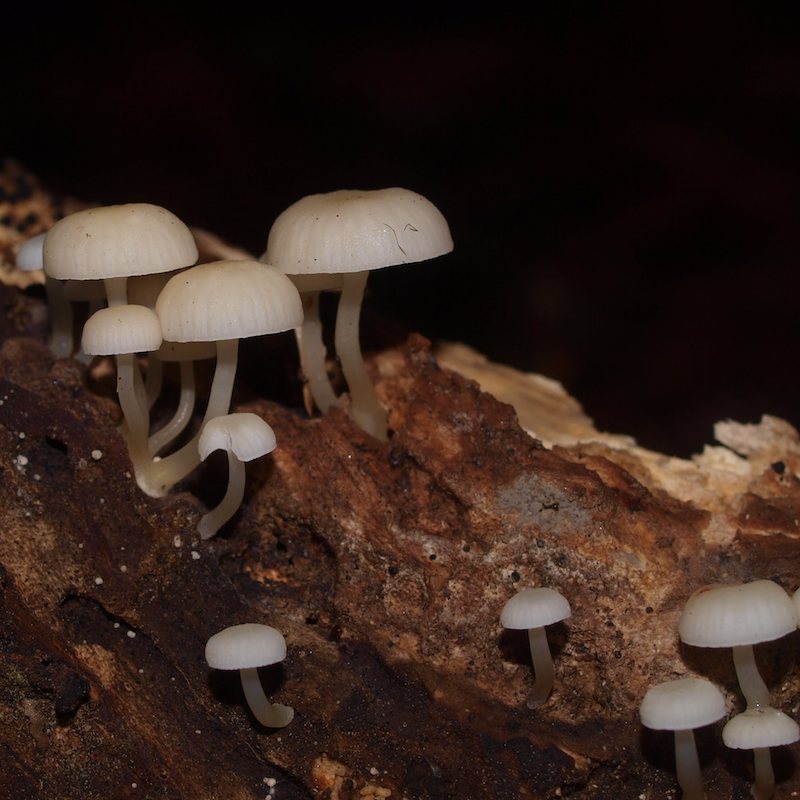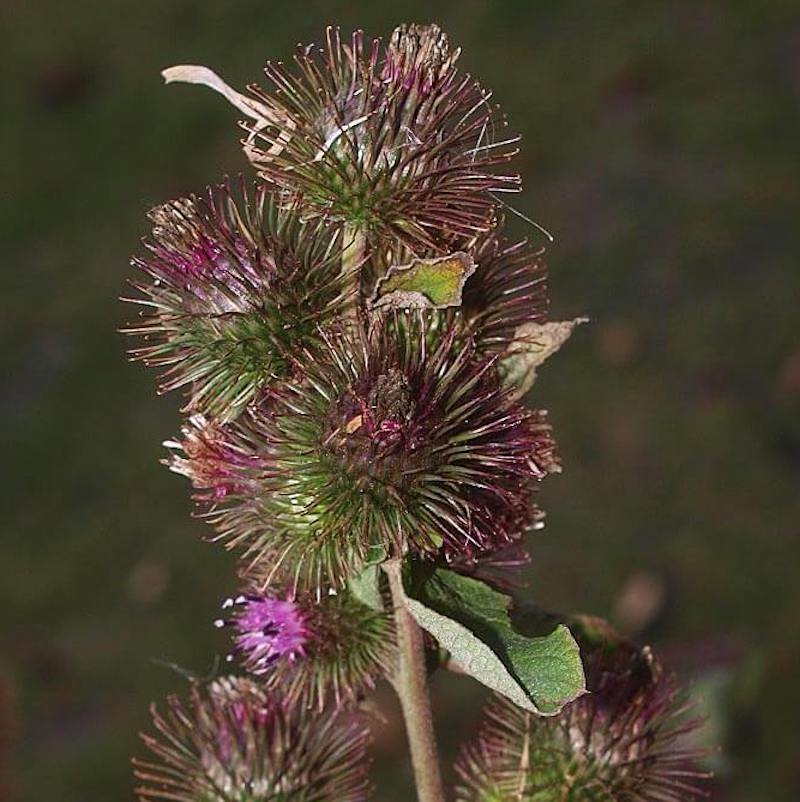The Karaka Grove in Te Hau Valley is believed to be more than 200 years old and the circular arrangement of the trees suggests it was a Maori ‘orchard’.
Identified as a Māori Heritage Place, this grove was cultivated by the land’s Māori settlers, possibly as a food source or a sacred place for the tohunga (spiritual leader) to consult his atua (gods). It is intended that this historically and culturally significant plantation is retained in its current state.
Karaka were introduced by the Maori and grown for their large fruit which, when cooked, become edible. The outer part is safe to eat but the inner is poisonous unless treated. Kererū, the large native pigeon were attracted to the fruit and were themselves eaten. Ngā uru karaka (karaka groves) were highly prized as an important source of kai (food) for Māori and were often planted around settlements.
Karaka kernels or seeds contain a powerful poison called karakin and are extremely toxic if eaten raw. Before eating, the kernels were treated through a long process of roasting, soaking and steaming in a hangi to remove all traces of the deadly poison. The prepared kernels would be dehydrated in the sun and stored away for use over takurua (winter) when food supplies were scarce. The kernels were ground up into a type of flour, then mixed with water to make bread.
Karaka is also the Māori term for the colour orange, named for the bright orange berries which appear during raumati (summer) and ngahuru (autumn). Karaka leaves are also used as rongoā (traditional Māori medicine), with the shiny green upper surface applied to wounds to speed healing.
Karaka berries are a favourite food of the kererū (New Zealand pigeon). They are the only native bird large enough to swallow the berries. The kernels are not digested and are returned to the ground in bird droppings, which in turn become trees. Kererū are known as the gardeners of the sky, as they are the only birds capable of distributing the large seeds of trees such as karaka. The kererū and the karaka trees are dependent upon one another; the kererū needs the trees for food, and the trees need the kererū to spread their seeds.
 Five times winner of the prestigious international green space award.
Five times winner of the prestigious international green space award.